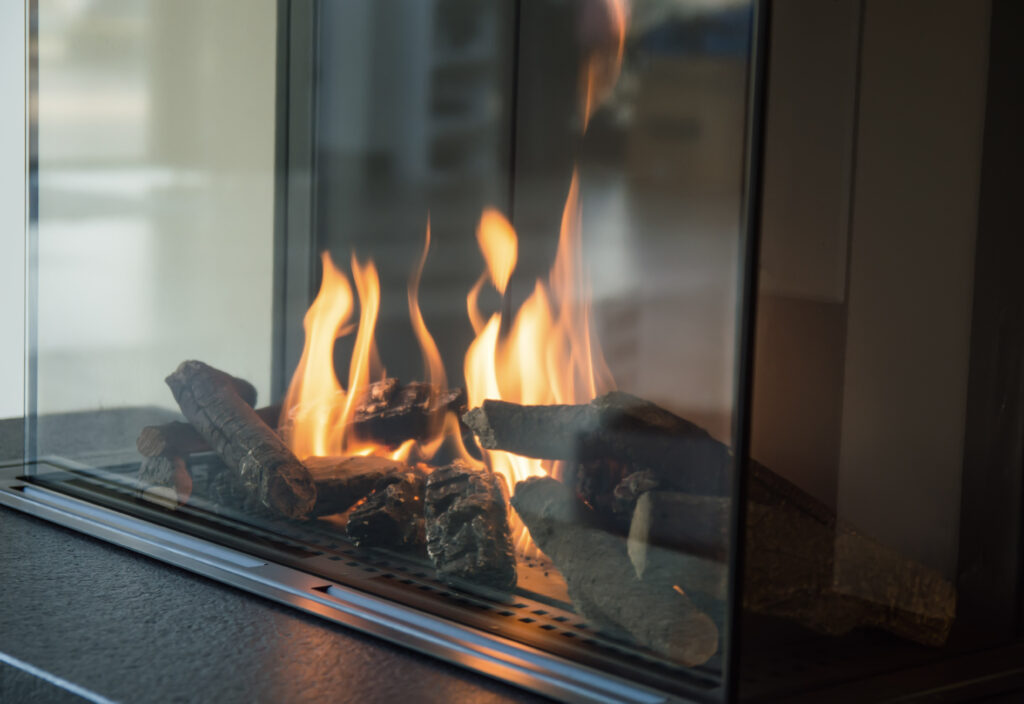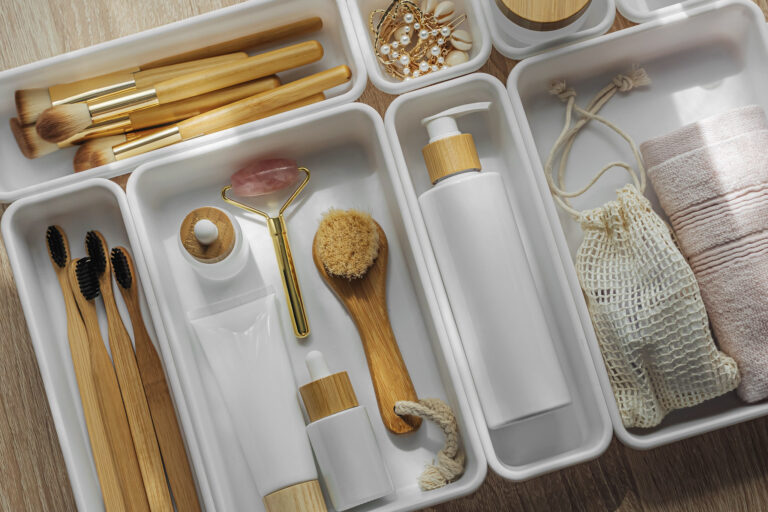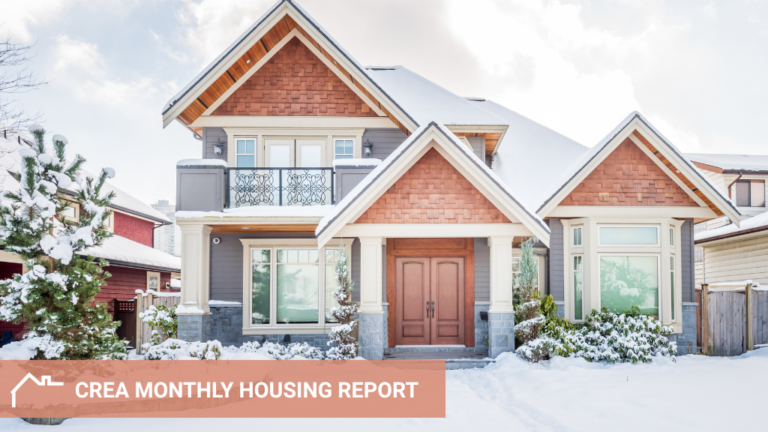
On the coldest winter days, nothing beats getting cozy next to a warm, crackling fireplace. Like any major appliance in your home, a fireplace – whether gas or wood-burning – needs seasonal maintenance to prepare it for frequent usage when outside temperatures drop.
Here’s how you can prepare your home’s fireplace for the upcoming winter months:
If you have a wood-burning fireplace:
- Inspect your chimney inside and out for damage. Look for any cracks, crumbling mortar or signs of deterioration that could hamper your chimney’s structural integrity.
- Get a professional chimney sweep to clear out any built-up soot or debris. Doing this at least once per year can help prevent chimney fires.
- Install a chimney cap to keep out any critters. By installing a chimney cap, wildlife, rain and tree debris will have a harder time traveling into your fireplace.
- Trim trees and overhanging branches around your chimney. This will help to prevent fires, as well as any damage to your chimney cap from falling tree limbs.
- Check the mechanical parts of your fireplace to ensure that they are working properly. This includes the damper, the mechanism that controls air flow to the chimney, and the blower, which pushes heat from the fireplace into the room. Be sure to also inspect your fireplace’s gasket to confirm that there is no smoke escaping into your living space.
- If you’re clearing out piles of ash from the bottom of your fireplace, don’t be tempted to use your vacuum cleaner. This can damage your appliance and send ash shooting into the air. Instead, scoop out the ash by hand with a small shovel and dispose of it in the compost bin.
If you have a gas fireplace:
- Schedule an inspection with a professional technician to do a thorough examination of your fireplace before the first use of the season.
- Inspect the pilot light to confirm that it is switched on and that you have a good connection to your gas feed. If you are reopening your gas line and relighting your pilot for the first time this season, monitor your pilot light during the first use to ensure that it functions as normal.
- Read your manufacturer’s manual to review the operation of your fireplace. It never hurts to refresh your knowledge of the mechanics and functions of your fireplace before you use it for another season.
Regardless of the type of fireplace in your home, you should always clean and dust your unit regularly and especially before the first use of the season. This is also a great time to test your home’s smoke alarms and carbon monoxide detectors.




